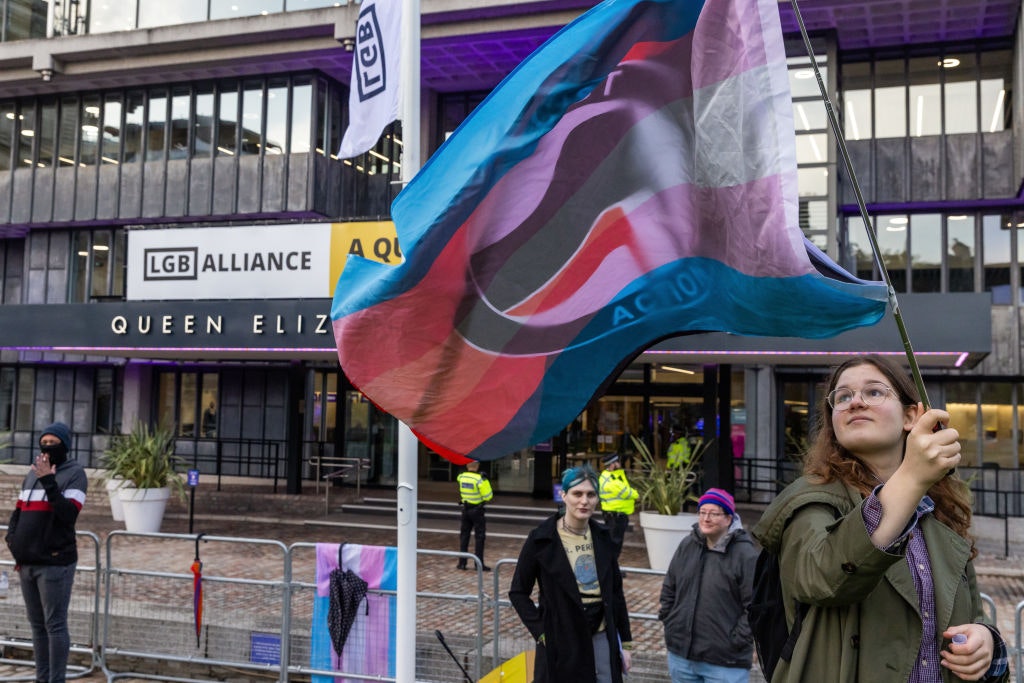An “Asian NATO” would be no good for U.S. foreign policy
America’s expansive view of its national interest is built on unstable foundations
Hyperbolic talk in Washington, DC of a “New Cold War” and the need for an “Asian NATO” is untethered from reality. This kind of rhetoric, unfortunately, has become the dominant framework Congress and officials use to shape policy.
A report from the Heritage Foundation called for initiating a “New Cold War” against China. Rep. Mike Gallagher said America is in an “existential struggle” against China. Trump administration officials Mike Pompeo and Stephen Biegun envisioned the Quadrilateral Security Dialogue (the Quad) as tantamount to an “Asian NATO”.
Even if President Biden doesn’t use the same terminology, his strategy is much the same. He, too, is relying on the same institutions and trying to enlist China’s neighbors in a grand coalition. His administration wasted no time in taking advantage of a deal between South Korea and Japan to call for “trilateral engagement” to address “regional issues and challenges” going well beyond North Korea’s nuclear program.
…it would be folly to try to link all of these bilateral and trilateral relationships
But it would be folly to try to link all of these bilateral and trilateral relationships — extensions of the old hub and spoke networks — together as a new kind of expansive initiative that pushes for America’s (perceived) foreign policy interests. That would only lead to instability and the fracturing of U.S. alliances.
What the U.S. is creating is not a singular group like an “Asian NATO” per se, but multiple initiatives, including the Indo-Pacific Strategy, the Quad, AUKUS, and the U.S.-Japan-Korea trilateral relationship, that together are intended to prevent China from challenging the American position in the region.
The U.S. ranks as the most powerful country in Asia, according to the Lowy Institute’s Asia Power Index, and has been for years. G. John Ikenberry, Albert G. Milbank Professor of Politics and International Affairs at Princeton University, wrote in 2005, “Both the Atlantic and East Asian regional orders were shaped by — and today bear the deep marks of — the exercise of America’s postwar hegemonic power.”
American political leadership wants to preserve the post-Cold War balance of power where the U.S. can wield its influence uninhibited in Asia. Moreover, many in DC want to retain our role as “the most powerful country” for the sake of power itself. Sen. Marco Rubio, who spoke at the launch event for Heritage’s “New Cold War” report suggested the idea of Chinese leaders even “envision[ing] a world in which China is the most powerful country” is itself a threat to America. (The idea that China is anywhere close to that status is absurd.)
The actions of the U.S. and its relations with other members also make the case, louder than words, that it seeks to use these institutions to contain China. Take the nuclear submarine deal the U.S. made with Australia at the heart of AUKUS. Australia canceled a long-standing deal already in progress for French-made diesel-electric attack submarines and opted instead for American nuclear submarines.
The lighter and quieter diesel submarines would have been able to operate in shallow Australian coastal waters more easily without being detected. The nuclear subs are more expensive and less useful for operations in Australia’s vicinity, but they are more useful on long-range expeditions in the open seas of the Indian Ocean, the South China Sea, and the East China Sea. The deal has been criticized by multiple former Australian prime ministers concerned it sacrifices Australian sovereignty.
So what is wrong with the U.S. convincing or coercing another country to prioritize America’s own perceived national interests? Even if you accept Washington’s received wisdom that it is in the American national interest to maintain an indomitable sense of superiority all over the world (a highly questionable proposition), tying the U.S. into long-term relationships with unreliable partners might not, in fact, help advance those goals.
The deal between South Korea and Japan that the U.S. is trying to capitalize on to link the countries is another such example. Ostensibly it was supposed to resolve a Korean court case against Japanese companies that employed forced labor during the World War II era, but it let Japan off the hook for paying compensation.
Korean President Yoon framed the outcome as a step towards trilateral cooperation to “defend freedom, peace and prosperity not only in our two countries but also around the world.”
But if this is the basis for an agreement to bring South Korea and Japan together into the U.S.-led “new cold war” coalition, it won’t last. Only 35 per cent of Koreans support the arrangement. A similar deal on comfort women in 2015 collapsed shortly after it was announced, leading to the current standoff.
Therein lies the problem with America’s expansive view of its national interest and its pursuit of hegemony in every corner of the globe. It is built on an unstable foundation. It requires the constant maintenance of inconsistent relationships and evanescent policies. Hiding the American pursuit of hegemony behind flowery words about democracy creates hypocritical imagery: shaking hands with oil sheiks and heralding a Hindu nationalist India as an upholder of a free and open Pacific. It produces resentment in the countries we deign to be helping.
The problems have been even more pronounced in Asia than in Europe because of the lack of shared historical interests and goals. The short-lived Southeast Asia Treaty Organization (SEATO), SE Asia’s version of NATO, attracted just two Southeast Asian countries and fell apart after 23 years. But even in Europe, there have been problems with NATO countries failing to pay their fair share and with Turkey and Hungary using NATO as a political weapon.
An Asian NATO, explicit or implicit, would fail to fulfil its mission and create more instability.
Enjoying The Critic online? It's even better in print
Try five issues of Britain’s most civilised magazine for £10
Subscribe














